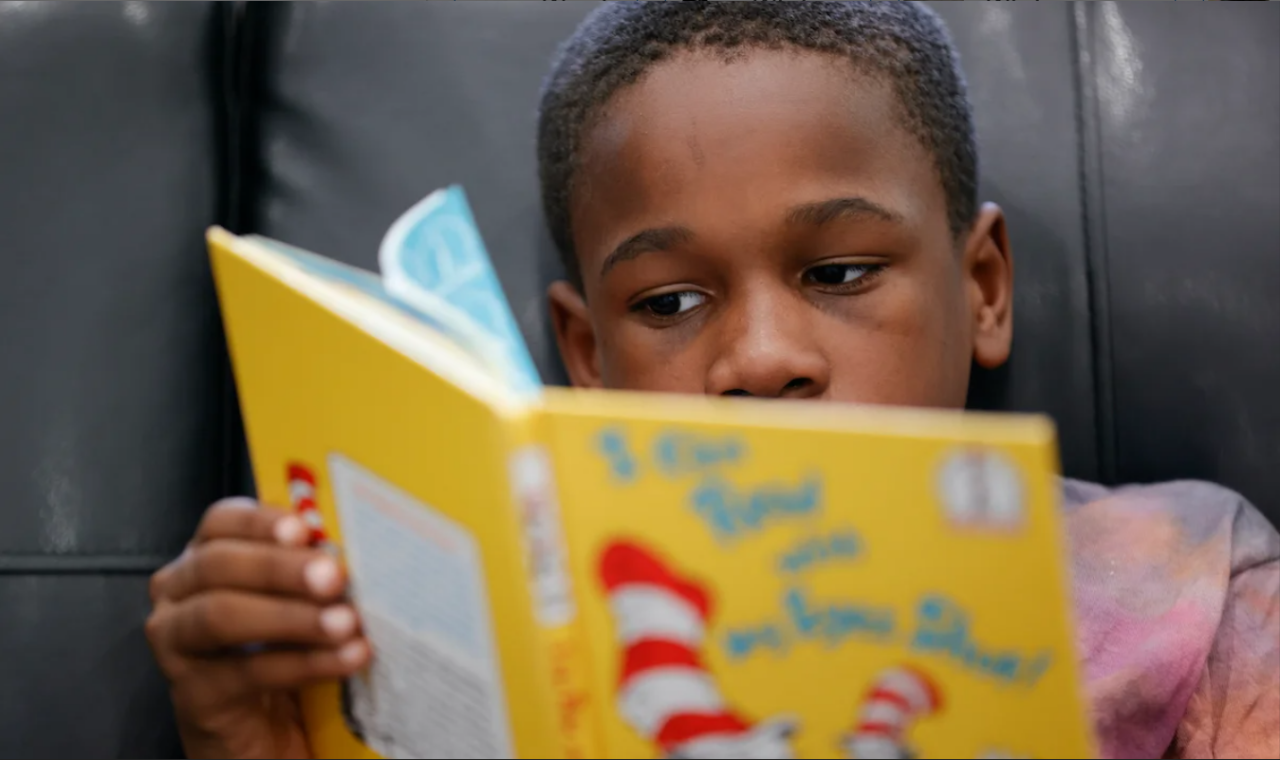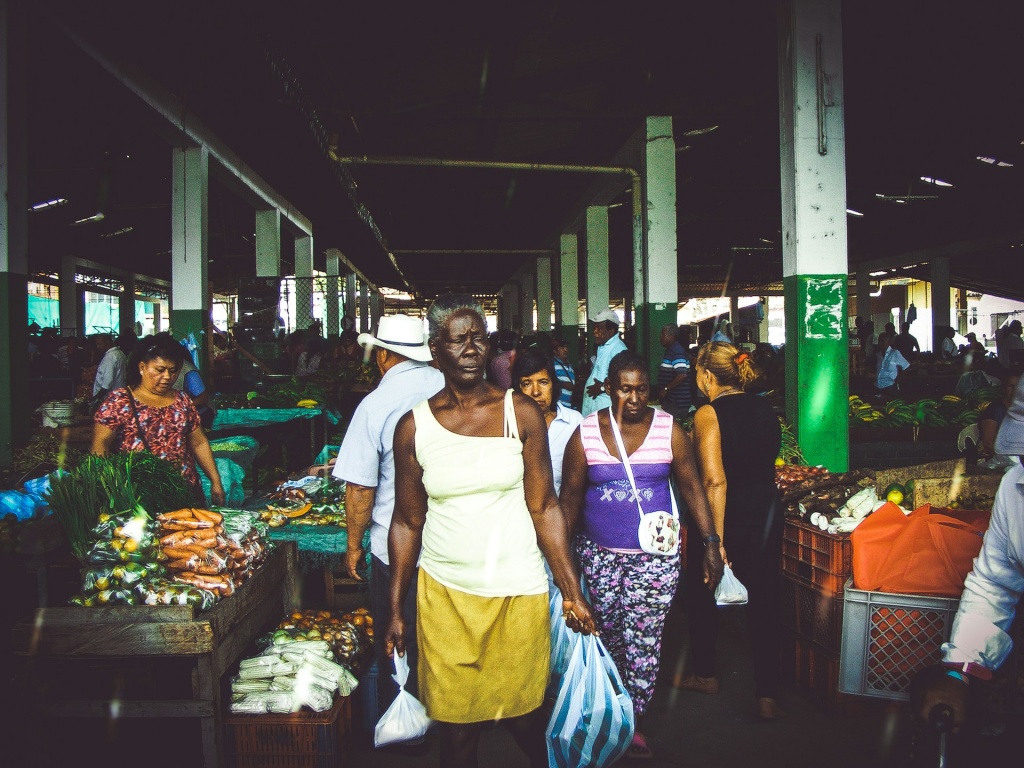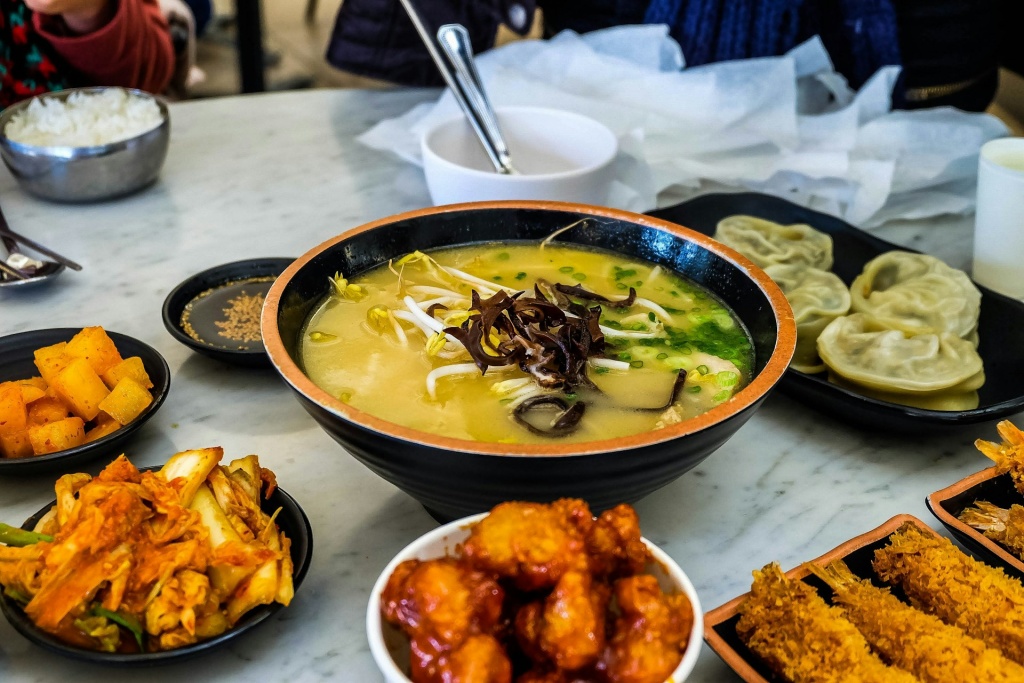I have had a lifelong love for curries. When I was a child, my favourite meal was rice, dhal and curried chicken. It was actually the rice and the curried chicken, but we were made to have the dhal on it.
It felt like an interloper, interrupting the concentrated taste of the other two, and though I endured it, I think it made me resent dhal. In fact, although I came to love dhal, I tend to have it as a soup—a side dish to be savoured for its own loveliness without distracting from any other flavours.

My memories of beautiful curries always take me back to firesides. One was during a visit to Guaico, Tamana, when we were served a hot curry on a bed of mushy rice—the steam rising from the enamel plate reinforcing the smell of the wooden embers, and the taste was chulha heaven.
It was not a heavy curry in the sense that it was not dense or abrasive in its spiciness. Instead it was smooth and light, almost delicate with the fresh herbs nestled inside. My mother, my grandmother and my great grandmother cooked curries that way too—full of flavour, but not gritty the way some curries can be when the powders are excessive and not given enough time to cook and melt into the sauce.
They were not dark either. They had the hue of turmeric although its flavour was mild.
In my early days I experimented relentlessly, trying to reproduce those exquisite dishes. Invariably, I ended up with thick sauces, more like pastes, that were dark and often bitter.

I began to retreat from the idea that I could ever cook the curry I yearned for. Why was it so elusive?
I didn’t understand it until it was pointed out to me that my hand was too heavy on the powders and the herbs. The thickness was also influenced by the texture that emerged once the herbs had been blended. That changed everything.
My problem in those days was excess. I was so intent on creating strong flavours that I overdid everything—pretty much the way Americans upsize meals, adding fixing after fixing, thinking it makes food tastier.
The powders confused me too. There is such a range that it’s easy to go overboard. I banished the duck and goat masalas which are really very strong, and a bit harsh for my palate. I stopped adding dashes of this one and that in the same pot.
Now, I stick to one simple curry powder from the Chief brand, with a bit of turmeric and roasted jeera. The other flavours come from fresh herbs (especially curry leaves), chopped coarsely so they don’t make the sauce too dense.

I finally found my ancestral flavours and it gives me a genuine feeling of pleasure. I know everyone has their own particular preference, but I have happily found mine.
Last Sunday, I curried beef for the first time. I’d never tried to use beef in a curry. It doesn’t seem to be a common thing in our local cuisine, though I remember having a memorable one years ago at a village wedding in Guyana. It was tasty, but I’ve decided that I could make better use of beef, as I use it sparingly.
I planned to use provisions to accompany it, so I reached into my freezer for one of the mixed packs I had compiled on one of my industrious days: dasheen, green figs, eddoes, and cassava.
They were parboiled and frozen, so it was a simple task to just throw them into a pot of boiling water for a few minutes. They went well with the curry.
In fact, before my almighty digression, that was what I had intended to write about today: substituting provisions for the traditional fare of flour products.

Growing up as we have on a diet filled with bread, roti in all its incarnations, bakes—all the commonplace staples—it seems that higher flour prices spell catastrophe.
The current wave of suggestions to replace wheat flour with root flours might mean healthier choices, but does not address the very real issue of their impractical cost.
The most practical—and healthy—solutions lie in shifting ourselves away from such a heavy flour-based diet.
I remember going to Grenada where at the hotel they were serving boiled green figs with a saltfish stew that seemed strange to me as a breakfast item. But it was delicious.
In Jamaica, I found similar combinations, their callaloo (a dry version of the greens we use) served with fish or saltfish. The culinary culture of our islands share many similarities, even the flour-based fare, but I think we are more heavily dependent on them to make our meals.

When I worked at The UWI, I would never pack my home-cooked meals on a Thursday because that was the day one of the campus vendors did an outstanding fish with provisions. On that day her menu also included some bhaji in coconut milk and other things.
Once, I tried the provisions with dhal and bhaji. I was blown away. My mouth is watering now as I recall it; honestly. It was one of those moments that opens your mind about different combinations.
I still love my flour foods, but they are no longer staples. We can adapt—we just have to see possibility.

Vaneisa Baksh is a columnist with the Trinidad Express, an editor and a cricket historian. She is the author of a biography of Sir Frank Worrell.
 Wired868 Wired868 for smart sport news and opinion
Wired868 Wired868 for smart sport news and opinion






